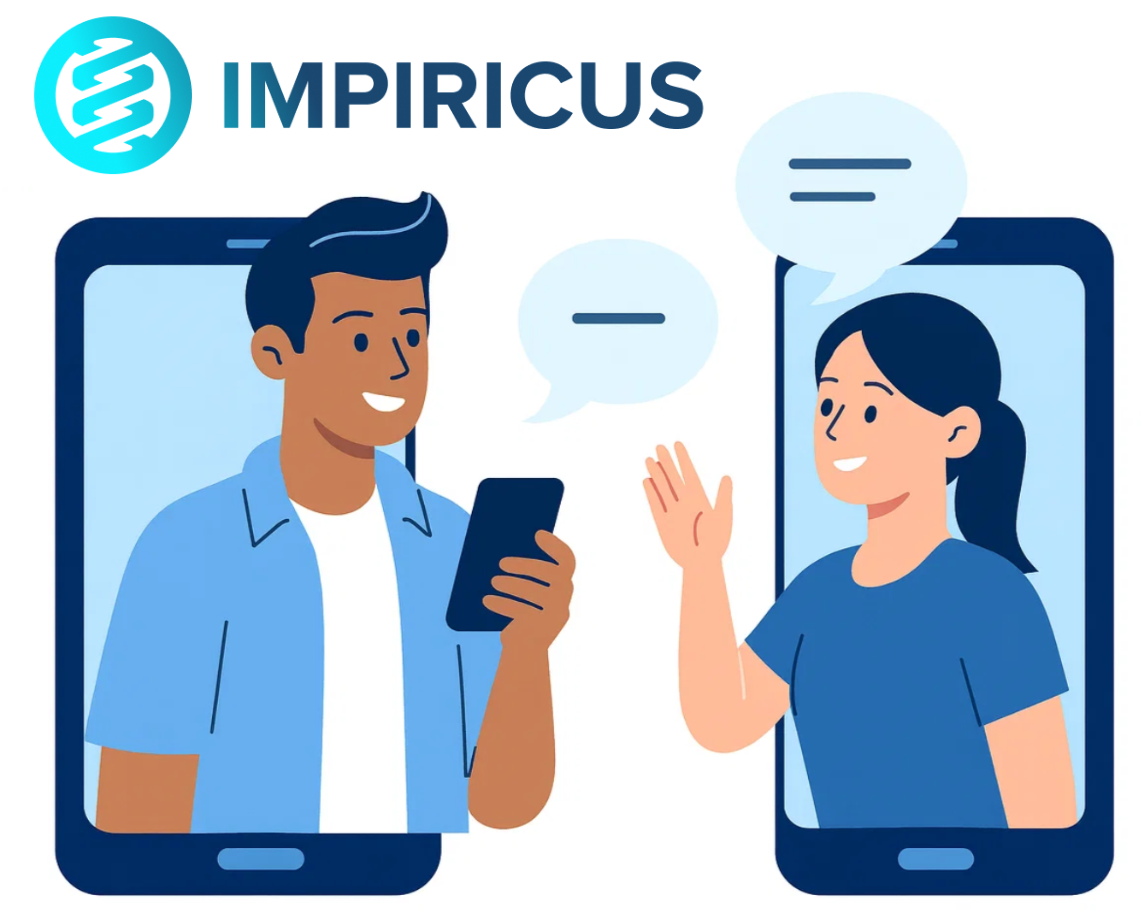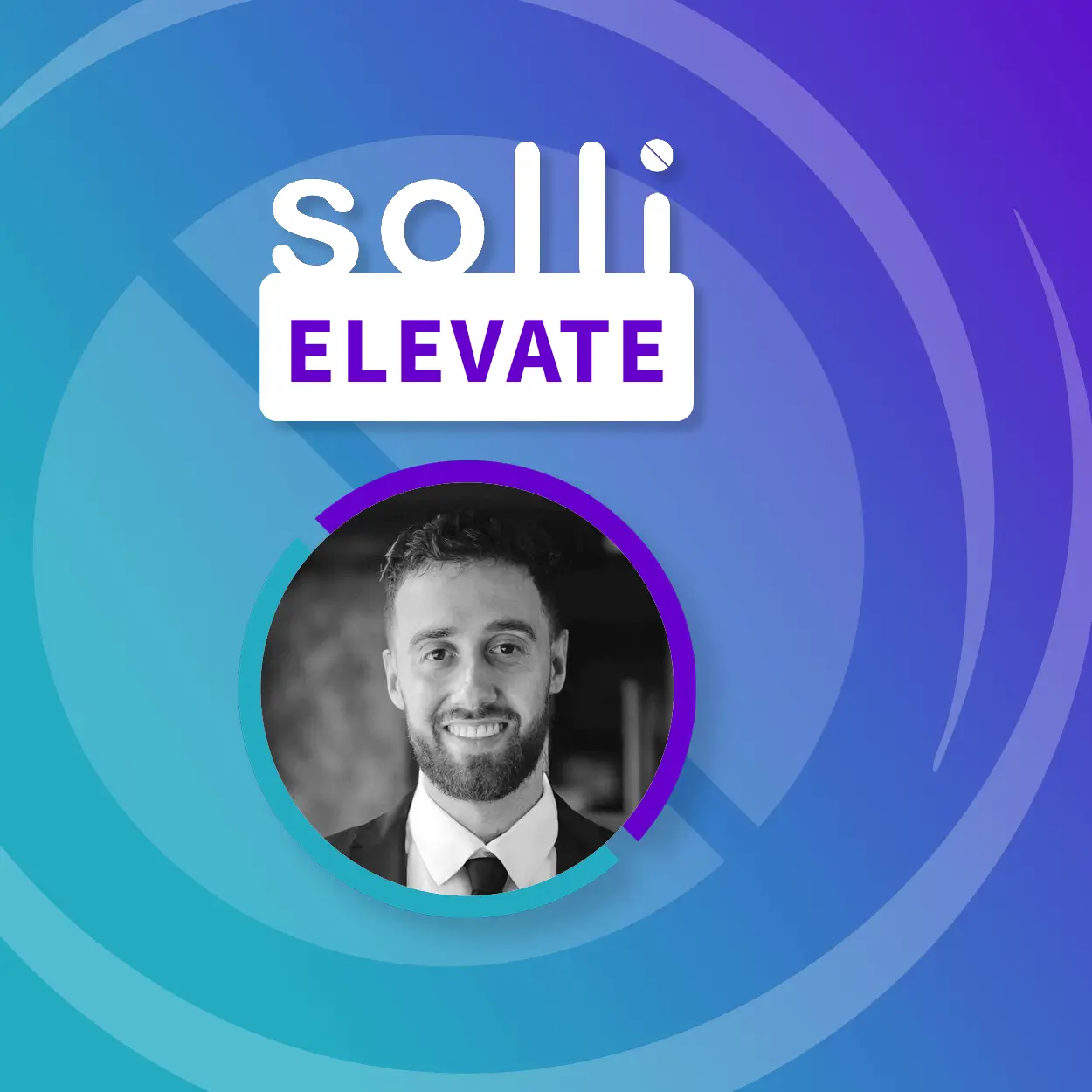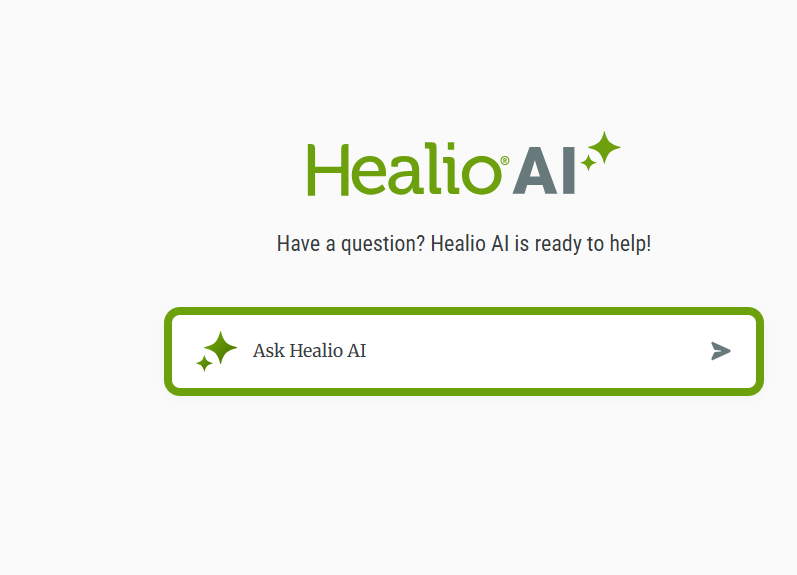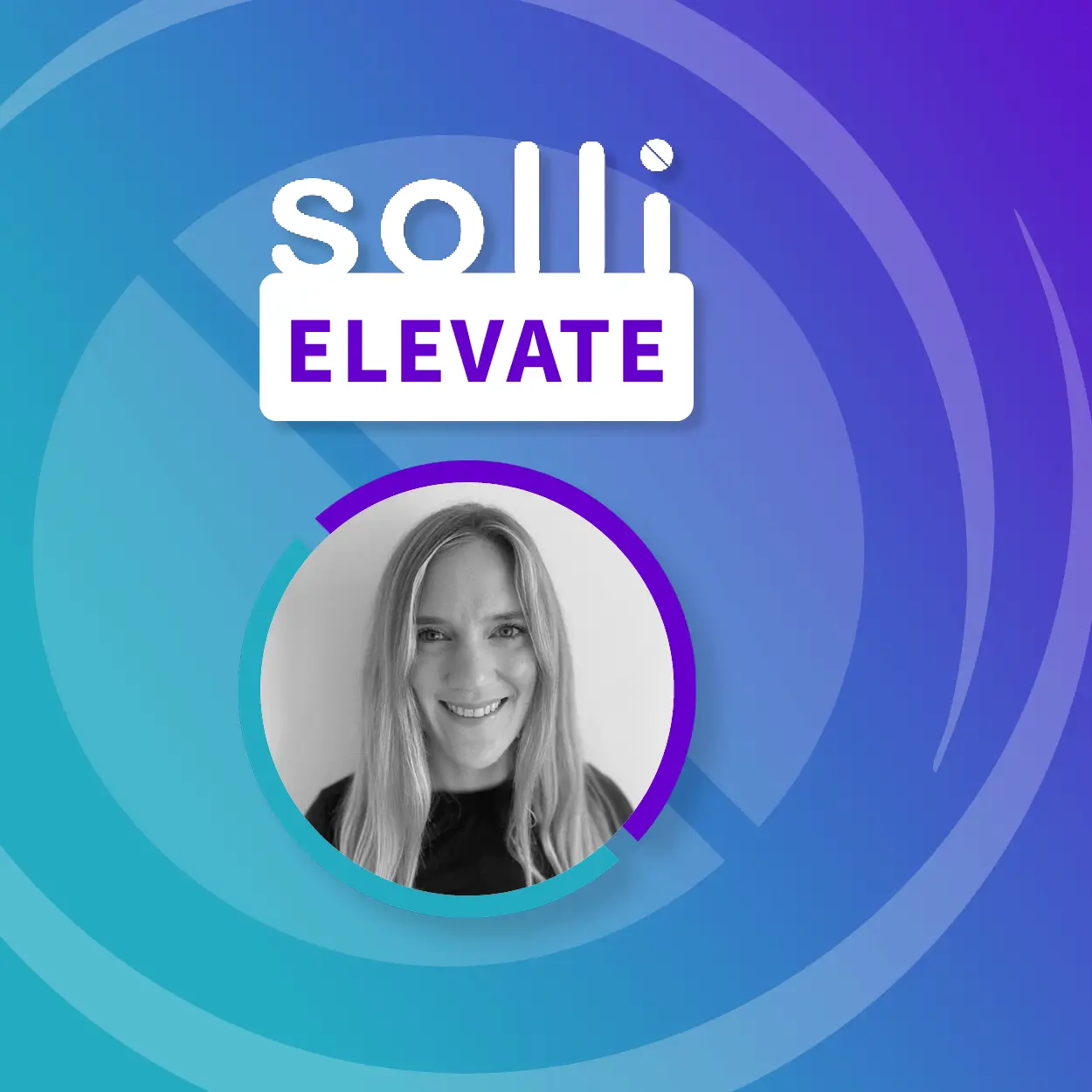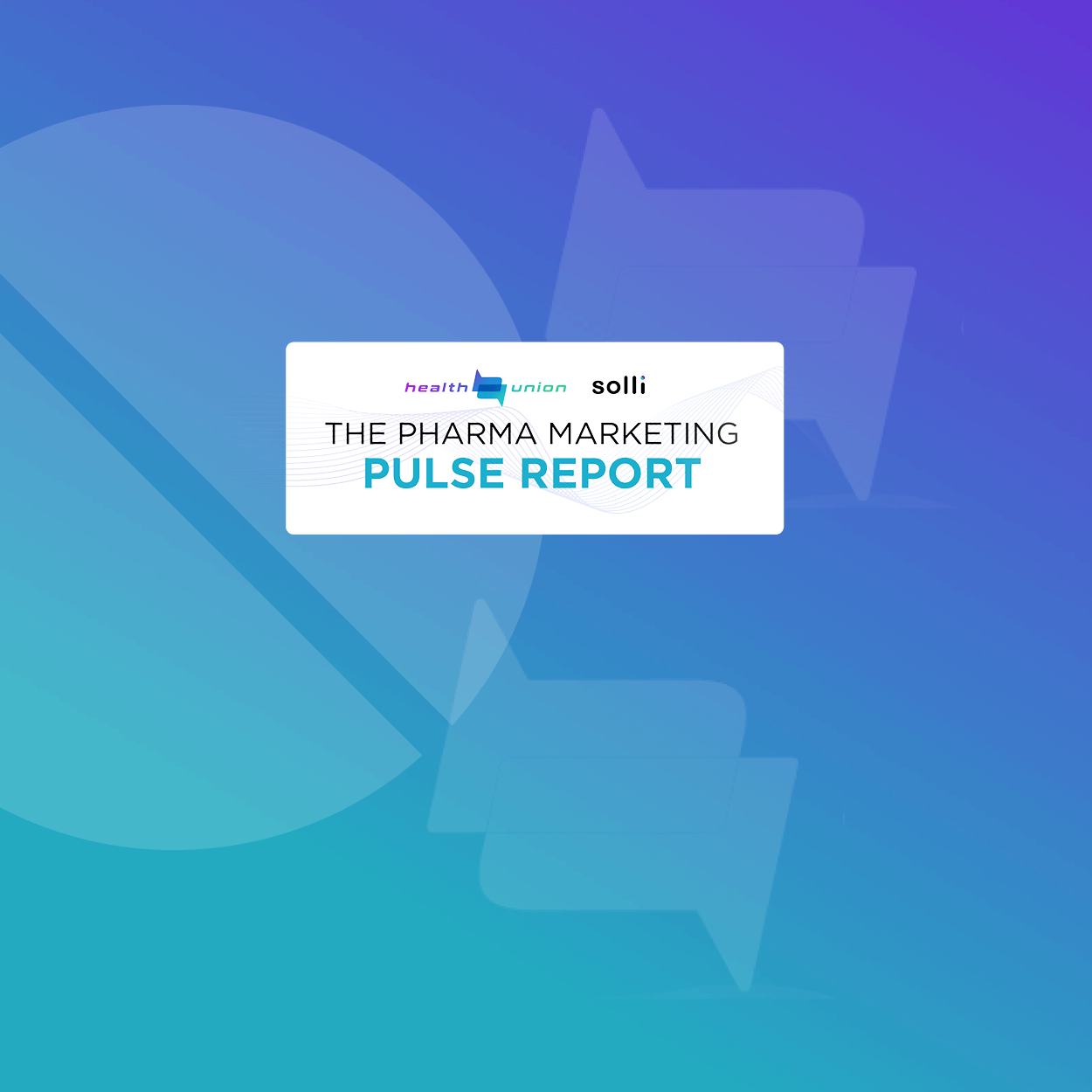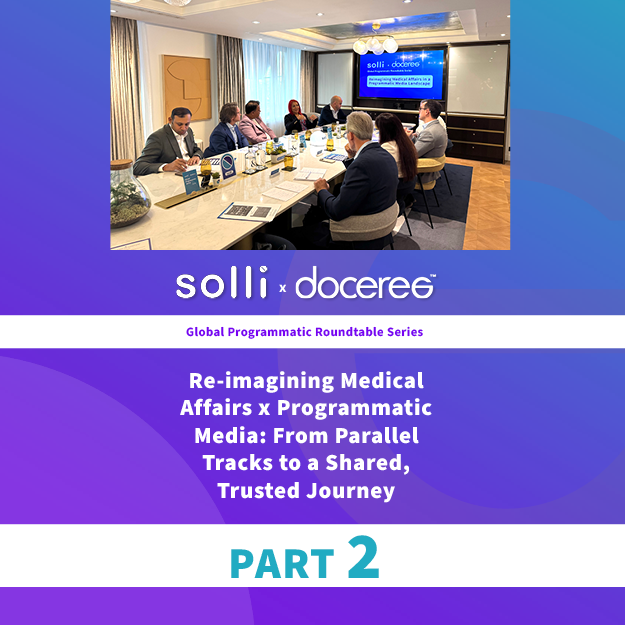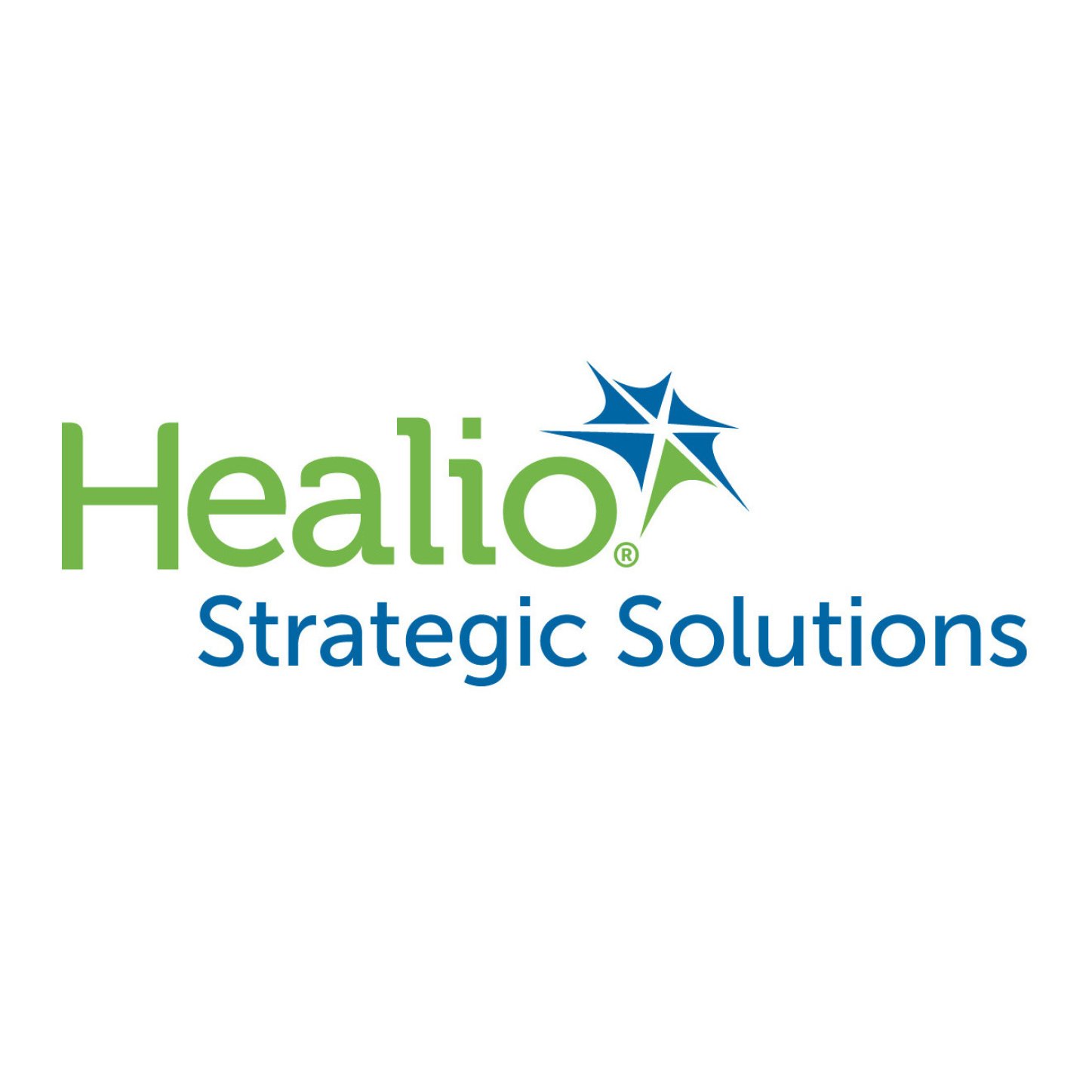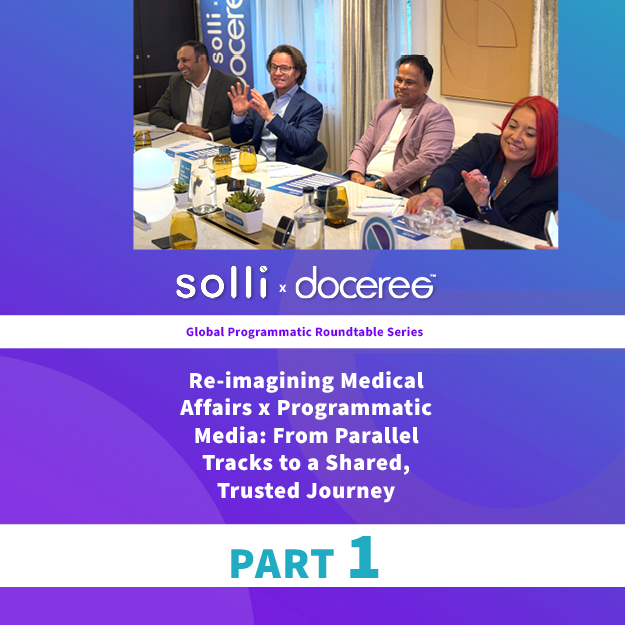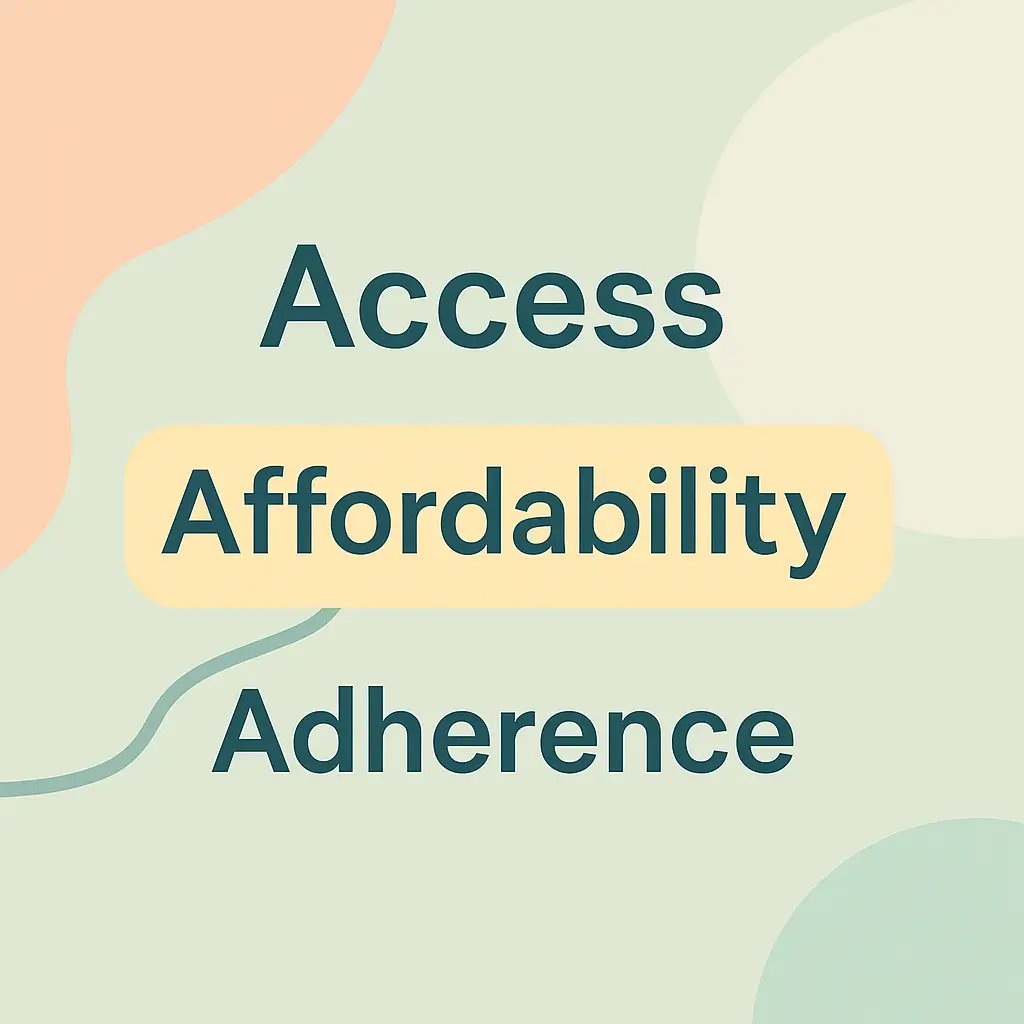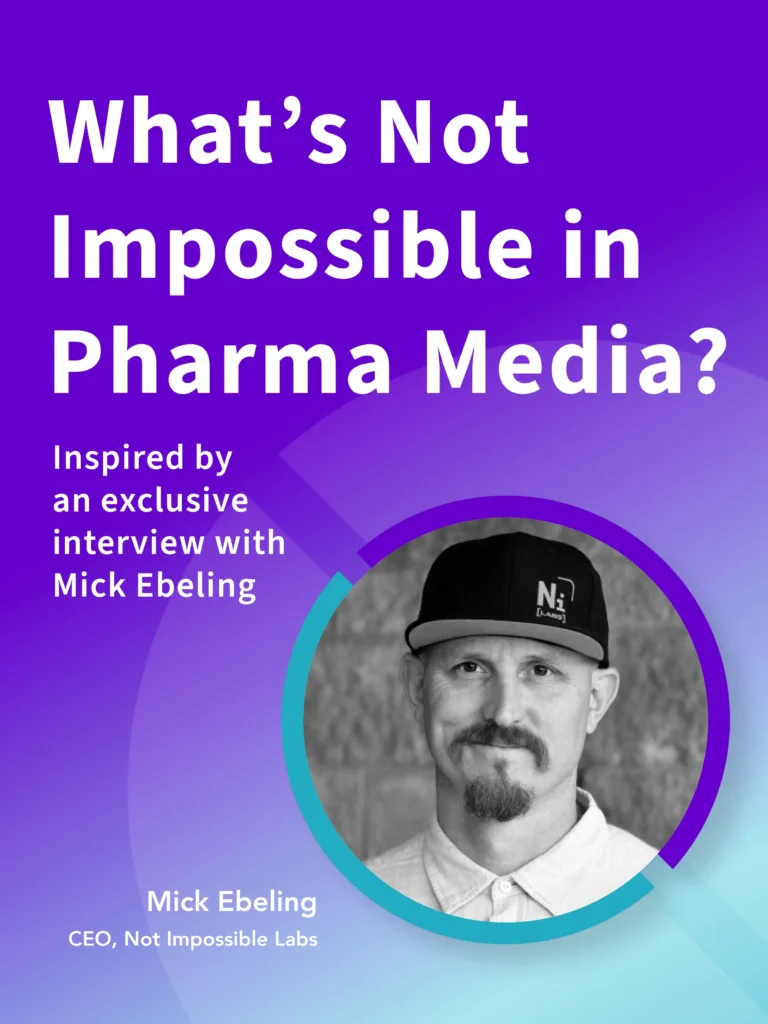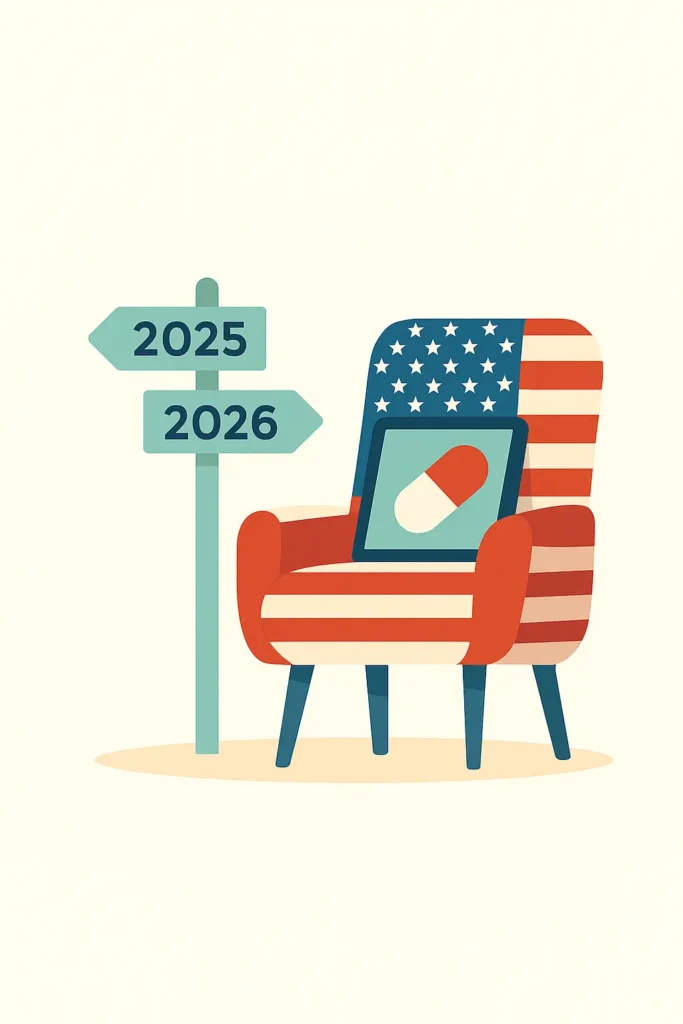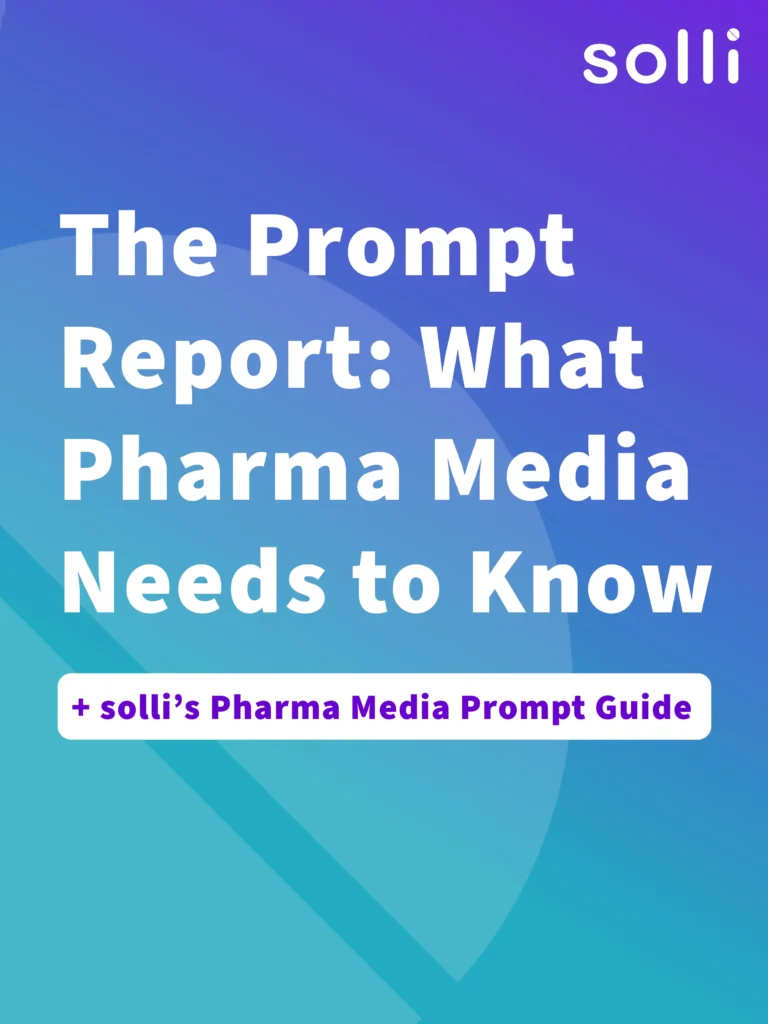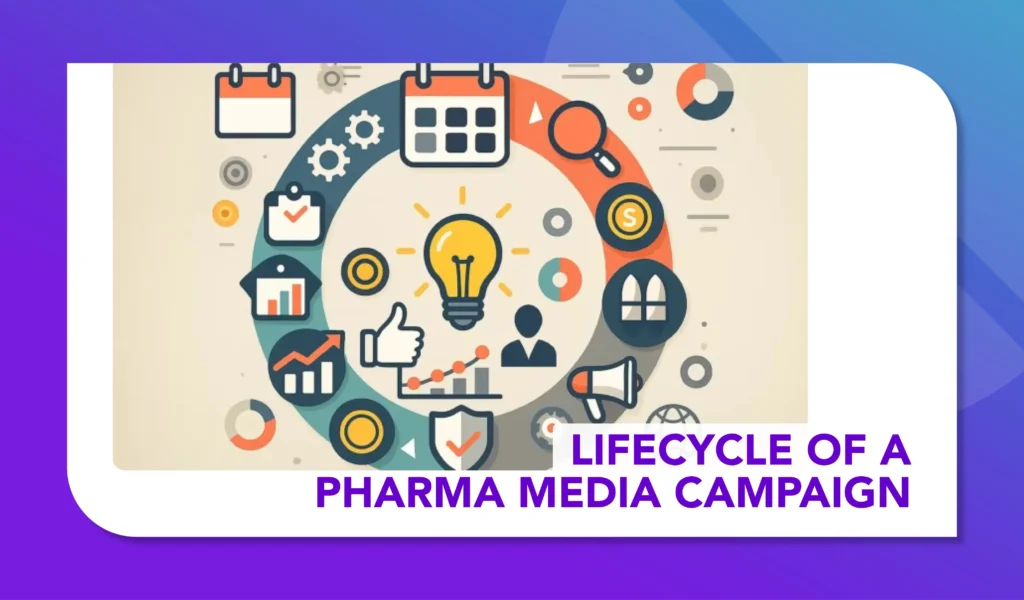7 Easy Ways To Get The Best From Your Media Agency
Ensuring great relationships will most often lead to greater outcomes, we explore how

Navigating the complex landscape of pharmaceutical media demands a harmonious partnership between pharma clients and their media agencies. The quality of this relationship can significantly influence the success of campaigns. We explore 7 ways pharmaceutical companies can become the most loved clients for their media agencies and collaboratively deliver the best work possible.
Being the client agencies want to work with will attract the best people to work on your brand and get the best out of people working for your brand. The opposite is also true, and in that scenario, it can have significant business implications for your brand.
1.Embracing Honesty and Openness to Learning
A foundational step for any pharma client is to recognize the limits of their knowledge and adopt an attitude of openness and curiosity. Clients bring in agencies to be experts, let them be so. Similarly, pretending to understand when you do not can hinder your campaigns’ effectiveness and strain agency relationships. Instead, ask questions and value the insights your agency provides. Agencies are reservoirs of specialized knowledge; trusting their expertise and being willing to learn from them builds mutual respect and enhances the strategic depth of your campaigns.
2. Setting Clear and Early Expectations
From the outset, clients must be transparent about their expectations regarding budgets, timelines, and specific campaign deliverables. This clarity helps prevent misunderstandings and sets a clear path for agency efforts. An open discussion about expectations streamlines workflow and fosters a proactive approach to any potential challenges, ensuring that both parties are aligned throughout the campaign.
3. Aligning with Agency Workflows
Pharma clients must understand and respect the processes and workflows that guide their media agencies. Clients do not know the intricacies of what goes into any output and, therefore, cannot guide on how long something ‘should’ take. Be respectful of the agency’s timelines. This includes being responsive and providing timely feedback, critical to maintaining campaign momentum. Clients who miss their deadlines and expect agencies to ‘make up the time’ breed resentment and a lack of transparency.
4. Addressing Issues Constructively
When issues arise, and they most certainly will, addressing them promptly and openly is crucial. Early detection and discussion of potential problems can prevent them from escalating and adversely affecting the campaign. For agencies and clients to do this, though, there needs to be trust, openness, and freedom without the immediate threat of loss of business or personal belittlement. Constructive feedback not only aids in quick resolution but also helps in refining processes and outputs.
5. Understanding Financial Commitments
A well-informed client understands what they are paying for and why. Clear knowledge of the financial aspects of agency services, at a minimum, the fee model and deliverables, at the outset, ensures that clients can manage budgets effectively and hold agencies accountable for the results, aligning spending with expected outcomes.
6. Managing Changes with Consideration
The dynamic nature of marketing often necessitates changes in strategy or campaign direction. Handling these changes thoughtfully by communicating them clearly and acknowledging the impact on planned agency workflows helps maintain a positive and flexible working relationship. Agency teams change, and that should be ok, if the right structures are in place to manage it. With that, an openness that the timings & scope may change or increase and that there may require additional agency funding will go a long way in the relationship.
7. Ownership and Learning from Mistakes
In any campaign, errors can occur on both sides. Students who own up to their mistakes and learn from them cultivate an environment of trust and continuous improvement. This approach strengthens the relationship and encourages a more open, innovative, collaborative effort. Unfortunately most agencies have experienced a client ‘passing the buck’ and blaming agencies for their own misgivings, this is a surefire way to break an agency relationship.
Conclusion
In the dynamic world of pharmaceutical media, the path to successful marketing campaigns is built on the foundation of a strong, respectful partnership between pharma clients and their media agencies. By adopting these strategies, companies can foster a working environment that not only elevates their own brand but also promotes a culture of mutual respect, continuous improvement, and shared success. When clients and agencies align on expectations, communicate openly, and commit to genuine collaboration, they set the stage for innovative, effective campaigns that can significantly enhance patient outreach and brand visibility. Ultimately, these efforts contribute to a healthier, more transparent pharmaceutical media landscape, where the focus remains on achieving the best possible outcomes for all stakeholders involved.

